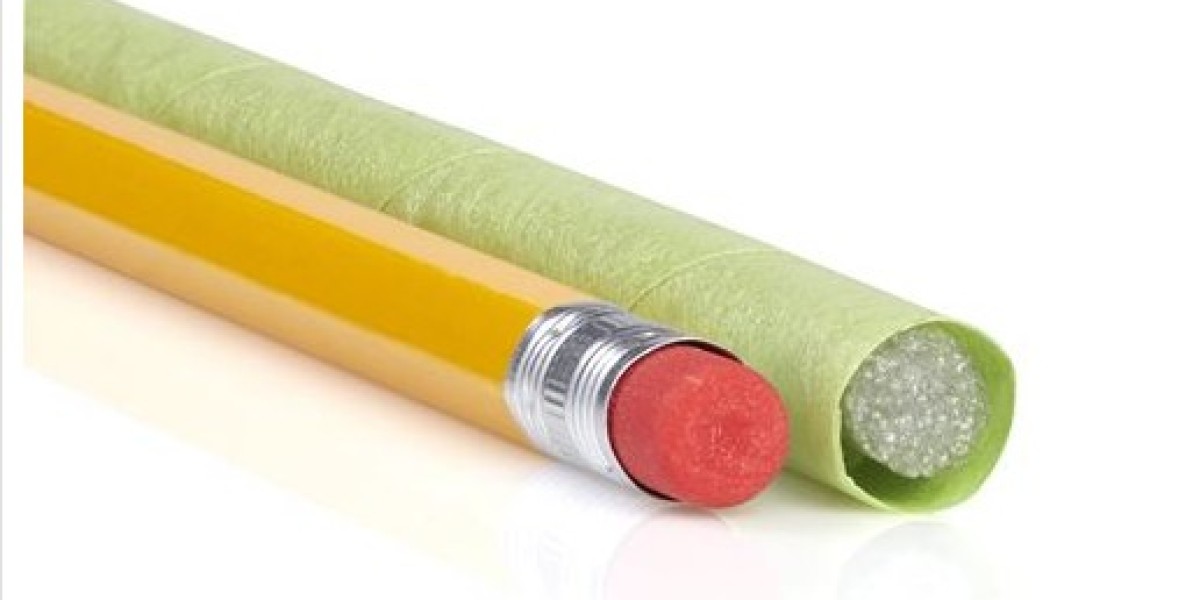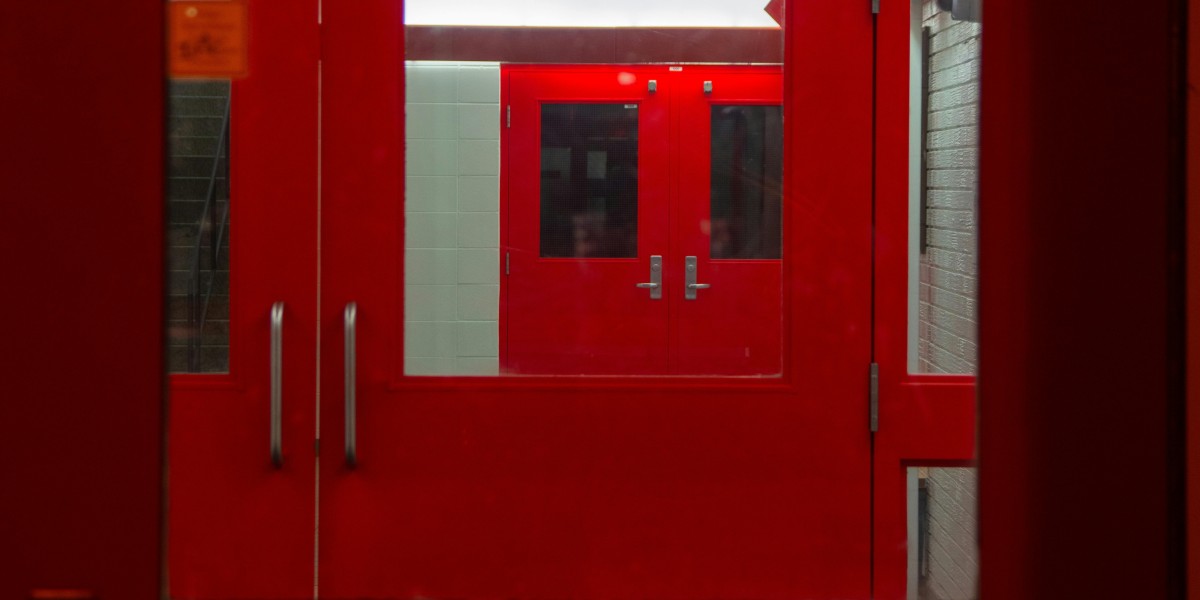Automotive masking tape and regular masking tape, also known as painter's tape, are both adhesive tapes used in different applications. However, they have some key differences in terms of adhesion, surface compatibility, temperature resistance, painting lines, durability, cost, solvent resistance, and water resistance.
Adhesion: Automotive masking tape is designed to have a stronger adhesive compared to regular masking tape. This is necessary because automotive masking tape needs to withstand the harsh conditions of automotive painting, including exposure to solvents, heat, and moisture. Painter's tape, on the other hand, has a lower adhesive strength compared to automotive masking tape. This allows for easy removal without pulling off existing paint or causing surface damage.
Surface compatibility: Automotive masking tape is specifically formulated to be compatible with automotive surfaces, such as metal, plastic, and glass. It is engineered to provide good adhesion and clean removal without leaving residue or damaging the underlying surface. Painter's tape is designed for use on a variety of surfaces, including walls, wood, and trim. It can adhere well to textures commonly found on interior surfaces, including smooth walls, textured surfaces, and even lightly textured wallpaper.
Temperature resistance: Automotive masking tape is often required to withstand high temperatures, such as those encountered during automotive paint curing processes like baking in a paint booth or exposure to engine heat. It is engineered to resist heat without melting or leaving adhesive residue. Painter's tape is typically not designed to withstand extreme temperatures. However, painter's tapes are formulated to resist UV, which is important when using them in outdoor applications where prolonged sun exposure could cause the tape to deteriorate or leave adhesive residue upon removal.
Painting lines: Automotive masking tape is designed to be flexible and conformable to different shapes and curves. This allows it to adhere well to irregular surfaces, such as car body panels, without lifting or creating gaps. Painter's tape often features a crisp, sharp edge that helps create clean paint lines. This allows for precise painting and helps prevent paint bleed or smudging.
Durability: Automotive masking tape is generally more durable and can resist tearing and lifting, ensuring that it remains in place during the painting process. Painter's tape is designed for lighter-duty applications and may not be as durable as automotive masking tape.
Cost: Automotive masking tape is usually more expensive than painter's tape due to its specialized properties and performance characteristics.
Solvent resistance: Automotive masking tape is engineered to resist solvents commonly used in automotive painting, such as paint thinners, solvents, and automotive chemicals. This resistance ensures that the tape remains intact and does not break down when exposed to these substances.
Water resistance: Painter's tape often has water resistance properties, which make it suitable for use in wet environments or when working with water-based paints. It can withstand moisture and prevent paint bleed-through or water damage.
In summary, automotive masking tape is designed for the demanding tasks of masking for long periods, painting over, removing and re-sticking, and abrasion with a buffer in automotive applications, while regular masking tape, or painter's tape, is designed for lighter-duty applications and provides reliable adhesion without damaging the surface or leaving residue. The choice between the two depends on the specific requirements of the project.








